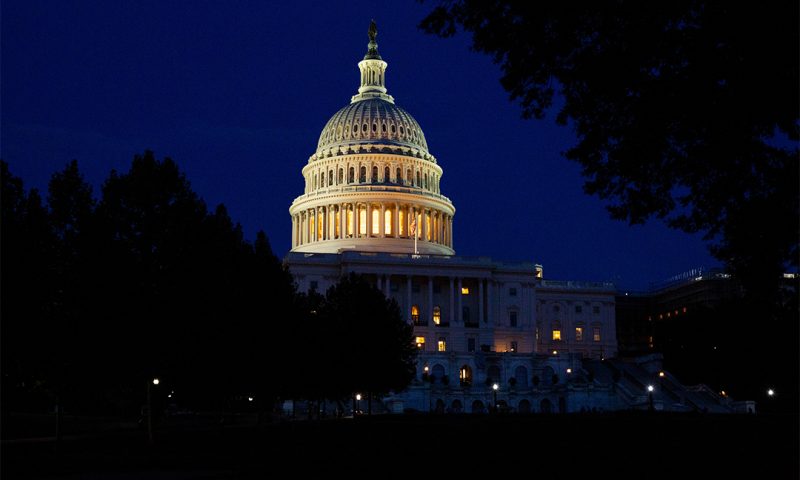As a Democrat-led U.S. government is looking to once again up the pressure on drug pricing, a new report has shown biopharmas are in fact reinvesting more and more sales revenue into R&D.
This is according to a new report out from the Congressional Budget Office (CBO) that shows in 2019, the pharma industry spent $83 billion dollars on R&D: When adjusted for inflation, that amount is about 10 times what the industry spent per year in the 1980s. In the last decade, U.S. approvals for new meds have also more than doubled.
The argument has long been that biopharma companies, and pharma in particular, spend a lot of money on aggressive sales and marketing, sometimes as much if not more than on R&D.
Drug prices have also go up every year, sometimes by 10% or 20% across the board, massively inflating the price of, say, an insulin first marketed in 2010, making it hugely expensive 10 years later despite being no more innovative, and much higher than the rates of inflation.
Drugs are certainly expensive: High-priced meds, especially for rare diseases and cancer, which can cost upward of $500,000 a year per patient, can and regularly does bankrupt families. Biopharma has always maintained that its prices are high because it has such high R&D costs, and the CBO report goes some way toward agreeing with that argument.
It also warns against putting restrictions on pricing, should it negatively impact R&D spend. “If expected profitability of new drugs declined—because of a change in federal policy, a shift in demand or supply, a revision in the balance of power between drug companies and drug buyers, or for any other reason—the expected returns on drug R&D would decline as well,” the CBO report stated.
“Lower expected returns would probably mean fewer new drugs, because there would be less incentive for companies to spend on R&D.”
It has been, however, smaller biotech companies that have been funneling more money into its R&D overall, the report found. Smaller biopharmas, i.e., those that make $500 million a year or less, now account for more than 70% of the nearly 3,000 drugs in phase 3.

